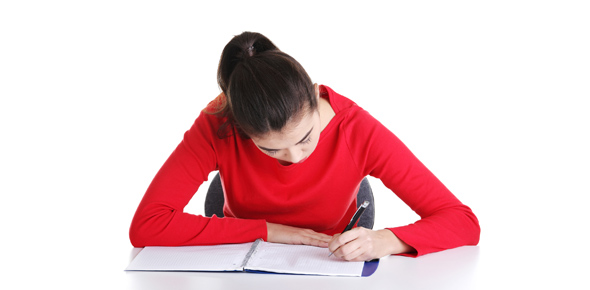Related Flashcards
Related Topics
Cards In This Set
| Front | Back |
|
|
Rosalba Carriera.
Charles Sackville, 2nd Duke of Dorset.
Pastel on Paper
-pastel dries quickly, perfect for travel
|
|
|
Canaletto.
The Doge's Palace and the Riva degli Schiavoni
Canaletto:
-sometimes accurate landscapes, sometimes capriccio (made up, superimposed)
-only can be done to urban landscapes
|
|
|
Canaletto.
The Bucintoroat the Molo
Canaletto:
-sometimes accurate landscapes, sometimes capriccio (made up, superimposed)
-only can be done to urban landscapes
|
|
|
Giovanni Battista Piranesi.
View of the Pantheon, Rome.
1756
etching (mass produced, tourists)
-has people flocking to the church in the scene
|
|
|
Anton Raphael Mengs.
Parnassus.
1761.
-first example of neoclassicism
-parnassus-mt of the gods
-located on ceiling
-Winckelmann - influenced neoclassicism
-Apollo has lyre, laurel, leaves, surrounded by muses (all are friends of the cardinal)
|
|
|
Antonio Canova.
Pauline Borghese as Venus.
1808.
Canova:
-Winckelmann influenced
-formed huge monuments for leaders, intimate erotic subjects for private clients
-antiquity and renassaince style
-wife known as seductress, did not show
|
|
|
Joseph Wright of Derby.
An Experiment on a Bird in the Air-Pump.
-member of the lunar society (science)
-image of suspense
-attempts to bring science to the masses
|
|
|
Angelica Kauffmann.
Cornelia Pointing to Her Children as Her Treasures.
1785
-1/2 members allowed in british academy
-history painter
-points to childen as her treasure when friend shows off her jewelry
|
|
|
Benjamin West.
The Death of General Wolfe.
1770.
-contemporary history painting (first of it's kind)
-hero, as won battle of quebec
-took artistic liberty
-shows retrained grief, Indian to show place in America's, relates to death of christ (sacrificed for GB as Christ did)
|
|
|
Richard Boyle (Lord Burlington). ChiswickHouse.
1724–1729.
-similair to Rotonda (palladio)
-argued that artists should use classical architecture
|
|
|
John Henry Fuseli.
The Nightmare.
1781.
Fuseli:
-launched romanticism in GB, intellectual, influenced by michaelangelo
-incubus-nightware thought to have sex with women -fear of unknown, sexuality, human physci, etc. |
|
|
William Blake.
Newton.
1795–c. 1805.
-naturalism
-muscular body, compass=rationality
|
|
|
John Singleton Copley.
Watson and the Shark.
1778.
Copley:
portraits, history painter
-shark attack recent history
-politcal motivations:
thought americans who wanted freedom were two-faced as had slaves. Slave is only link to saving him
|
|
|
Jacques-GermainSoufflot.
Panthéon(Church of Sainte-Geneviève). 1755–1792.
-classical influence
-boroque influence in the dome (steep, decorative)
|
|
|
Jean-BaptisteGreuze.
The Village Bride, or The Marriage, the Moment when a Father Gives His Son-In-Law a Dowry.
1761.
-genre painting
-not intimate, but linked arms
-marriage not always about social progress, something about poor morals
|





